At 15 weeks pregnant you’re probably feeling great! If you’ve been physically active and eating healthy, nutritious food, that goes a long way toward boosting your mood and energy and maintaining a healthy weight gain. In today’s post we will be talking about normal 15 week baby ultrasound, 15 weeks baby ultrasound pictures with explanations are going to be on the middle of the post, so let’s begin…

How Big Is a Baby at 15 Weeks Pregnant?
At 15 weeks pregnant, baby is as big as an Apple. The average 15 week fetus weighs 2.5 ounces and measures 9.3 to 10 cm or 3.7 to 4 inches, baby’s proportions are becoming even more normal, since his or her legs now out-measure the arms.
15 Weeks Pregnant Symptoms.
Shortness of breath: Your uterus is growing quickly, therefore it might be difficult for your lungs to expand enough to get a full breath, that’s normal, get use to this symptom because is just starting mainly if you are expecting twins.
Swollen gums: Your gums are more sensitive now that you’re pregnant. Take extra good care of them. Brush your teeth often, floss gently, and see your dentist for regular checkups.
Nosebleeds: This symptom is thanks to a combination of increased blood volume and sensitive nasal passages.
Increased sex drive: Now that your energy is back, you may be feeling more energetic in the bedroom as well. Take advantage of this time of romance and happiness but in case that you don’t want is understandable too, communication with your partner is key, let him know how you feel.
Heartburn, gas and/or indigestion: Blame these tummy troubles on the hormones. Pay attention to foods that are triggering your symptoms and try to avoid them. Also, talk to your doctor about what stomach remedies are safe.
Pin it here!
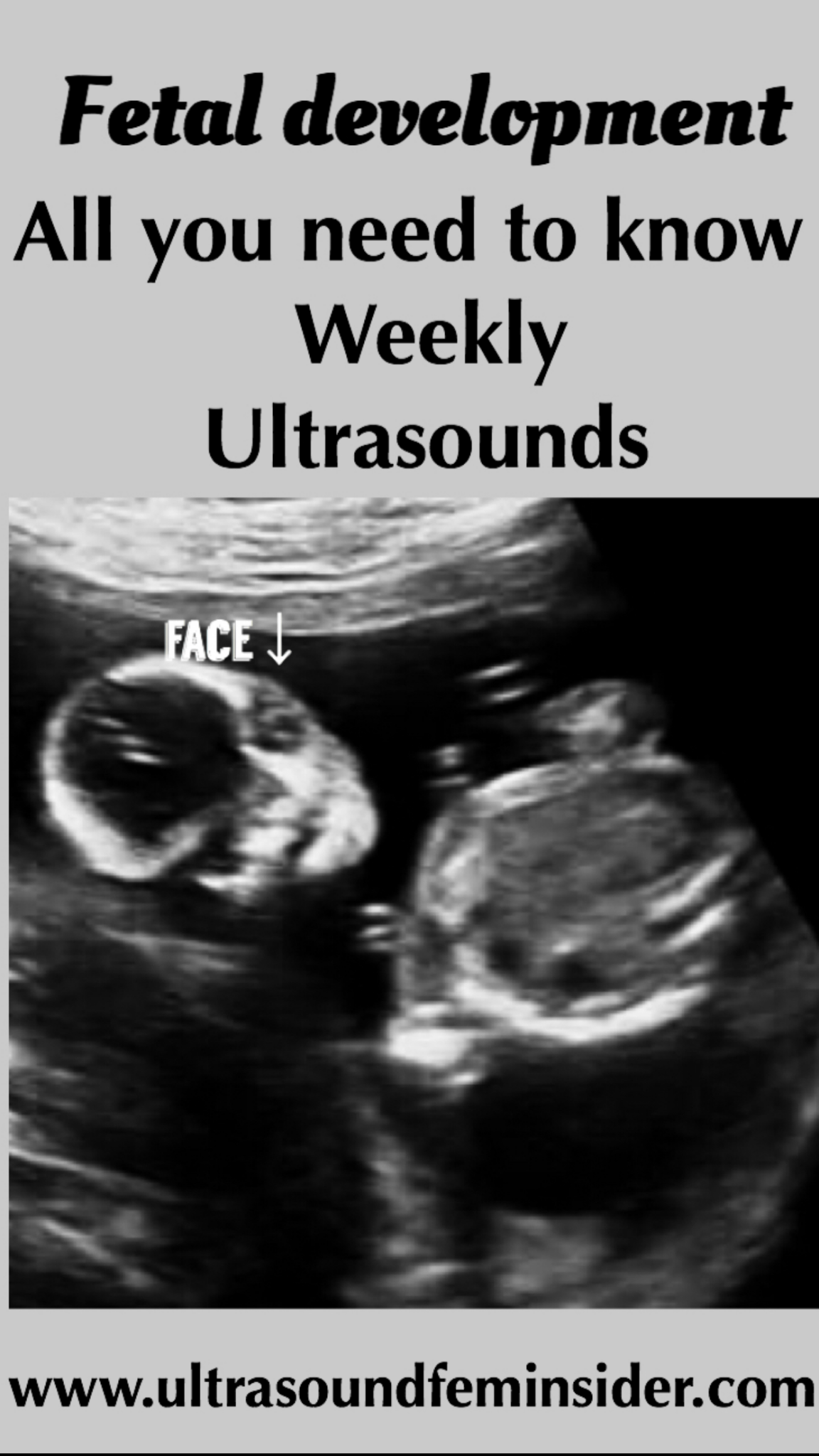
Fetal developments at 15 weeks.
- Your baby’s skin is very thin, and the blood vessels can actually be seen through the skin. Your baby’s ears are continuing to develop externally and look more recognizable.
- The baby’s bones are beginning to ossify, meaning that all bone structures are more visible.
- Their bones in the ears will also begin to ossify, but their eyes will remain shut.
- They will have their taste buds developed though.
- The eyes of your baby will be at the front of his/her face. The babies at this time will start to change their facial expressions to use their muscles.
- Their body will also develop a very fine layer of hair that helps them retain body heat until delivery.
- Your baby will start curling toes and may even be kicking and punching more often.
- They will begin to practice swallowing, sucking and grasping to ensure they can survive on their own once they are born.
Read related posts:
Ultimate guide for your 14 week ultrasound.
Guide for your 16 week ultrasound.
Guide for your normal 17 week Ultrasound.
Baby essentials, checklist for the registry included.
Tips for you at 15 weeks.
Many women have questions about sleeping positions while pregnant, well here is a little tip for you, It is best to begin sleeping on your side. This is the most comfortable and healthy sleeping position. Sleeping on your back causes your uterus to place pressure on the aorta and inferior Vena Cava, which supplies blood to your lower body and the baby.
Typically, there isn’t a 15 week ultrasound. You likely had an ultrasound in your first trimester and won’t have one again until the anatomy scan, which usually happens between weeks 18 and 22.
There are possible reasons why the doctor order an Ultrasound at this time:
- Excessive pelvic pain or cramping.
- Spotting or bleeding.
- Traumatic events ( car accident etc..)
If any of those symptoms occurred doesn’t mean that necessarily there is something wrong however is always good to check.
Images of a normal 15 week baby ultrasound.
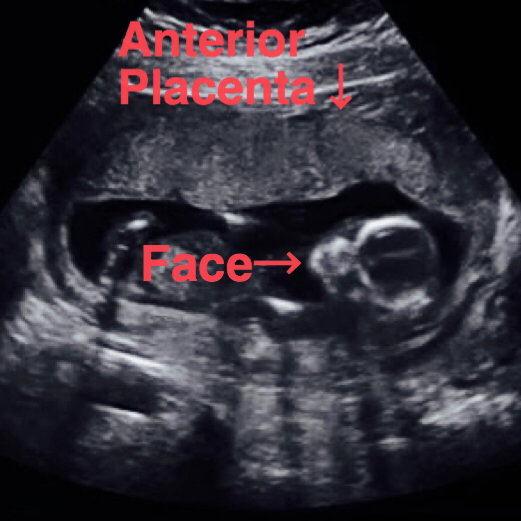
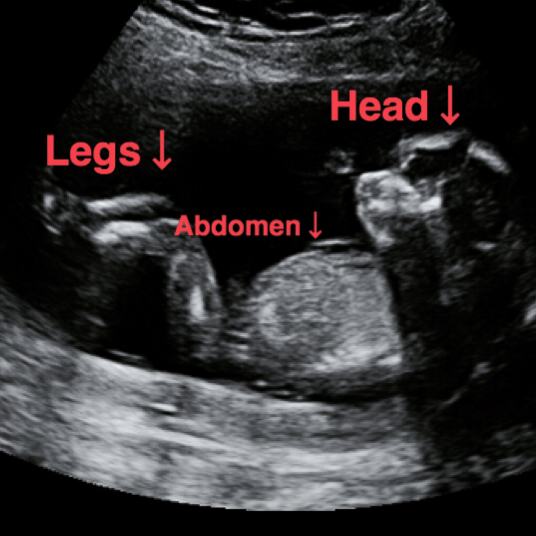

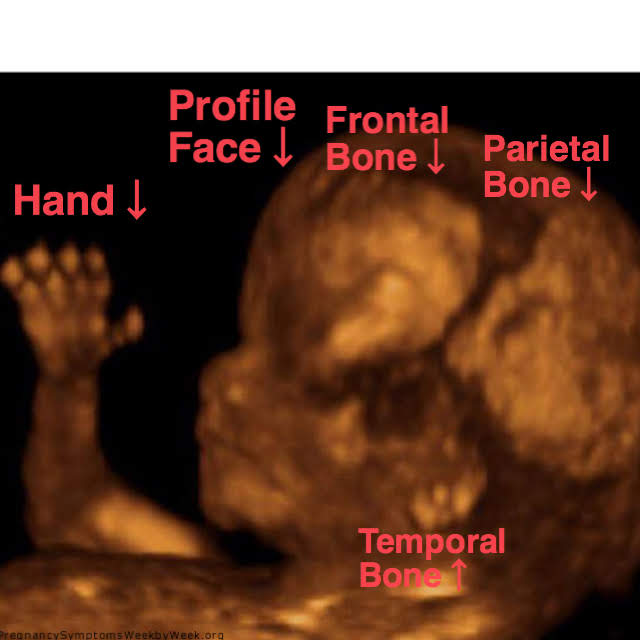
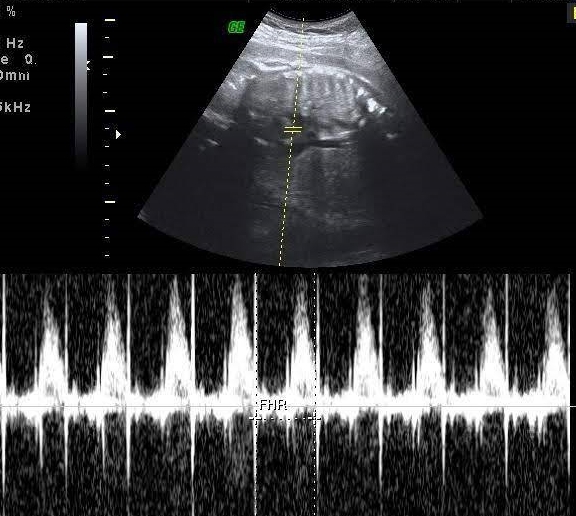
Ultrasound image of the Doppler on the heart. The heartbeat expected to be seen today is between 130 to 170 bpm.
What’s coming soon on the doctor visits?
Second trimester prenatal screening may include different blood tests called multiple markers. These markers provide information about your potential risk of having a baby with certain genetic conditions or birth defects.
Screening is usually done by taking a sample of your blood between 15 and 20 weeks of pregnancy (16 to 18 weeks is ideal). The multiple markers include:
Maternal serum AFP, this blood test measures the level of AFP in your blood during pregnancy. AFP is a protein normally produced by the fetal liver that is present in the amniotic fluid. It crosses the placenta and enters your blood. Abnormal levels of AFP may indicate:
- Defects in the abdominal wall of the fetus.
- Down syndrome or other chromosomal abnormalities.
- Open neural tube defects, such as spina bifida.
- Twins (more than one fetus is producing the protein).
- Estriol. This is a hormone produced by the placenta. It can be measured in maternal blood or urine to be used to determine fetal health.
- Inhibin. This is a hormone produced by the placenta.
- Human chorionic gonadotropin. This is also a hormone produced by the placenta.
Abnormal test results of AFP and other markers may mean that additional testing is needed.
An ultrasound is used to confirm the dates of your pregnancy and to check the fetal spine and other body parts for defects. An amniocentesis may be needed for an accurate diagnosis.
Since multiple marker screening is not diagnostic, it is not 100 percent accurate. It helps determine who in the population should be offered additional testing during pregnancy.
When you have both first and second trimester screening tests performed, the ability of the tests to detect an abnormality is greater than using just one screening independently. Most cases of Down syndrome can be detected when both first and second trimester screenings are used.
Final thoughts:
As you can see, the 15th week of pregnancy is still very quiet, although there are exams that are about to begin. In summary, this is the most relevant information about the 15 week of pregnancy.
If you enjoy the post, feel free to share it.
Zadi. xo
Disclaimer: Due to HIPPA compliance and regulations all patient information is protected on this site, the majority of the Ultrasound images are my own however some Ultrasound images are obtained from copyright free sites as well as the other images used on the blog posts. Also the information provided on my blog is designed to provide helpful information about the topic and are made with the best of my knowledge therefore is not intended to diagnose or treat any medical condition, For diagnosis or treatments on any medical problems consult your own physician. The author is not responsible or liable for any mistreated pathologies or wrong treatments.










where were you when i was pregnant! love it
Deciding if it was a good idea or not to make this blog, honestly I was terrified of everything but with comments like yours I see that my blog was a good idea, thanks for your feedback, that keeps me motivated
Blogs like this are a nice break from the “oh so serious” handouts and text books most women are forced to read, because there isn’t enough personal information on the internet. This brings a more friendly and welcoming vibe to the subject. Never doubt your niche! Why did I think of this 🙂
Thanks